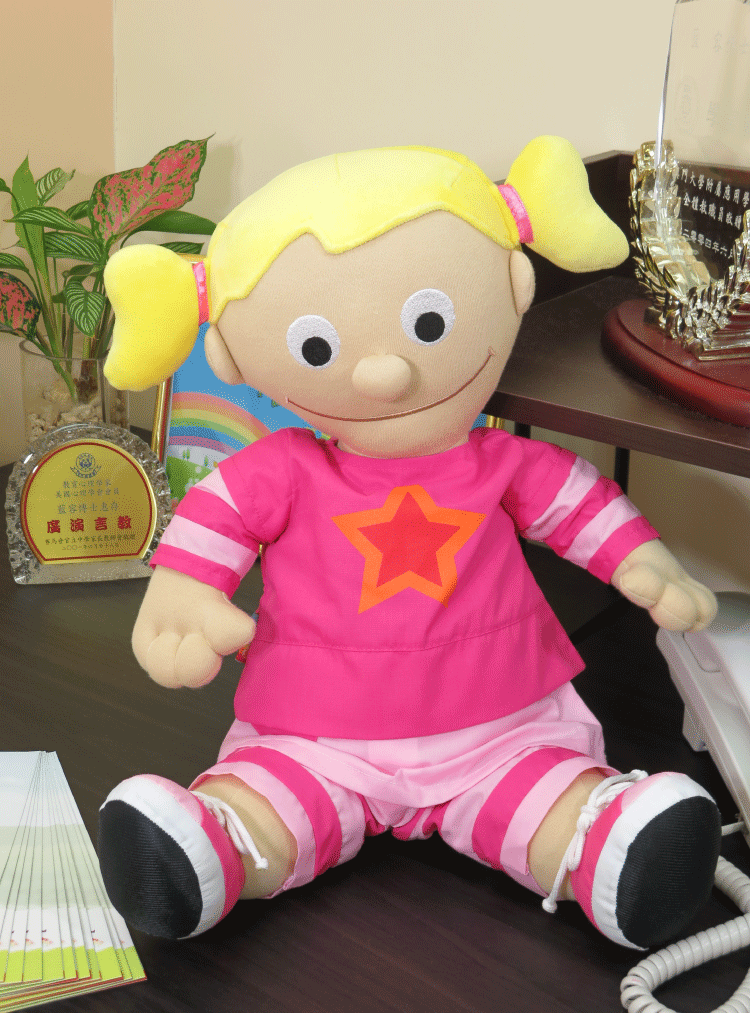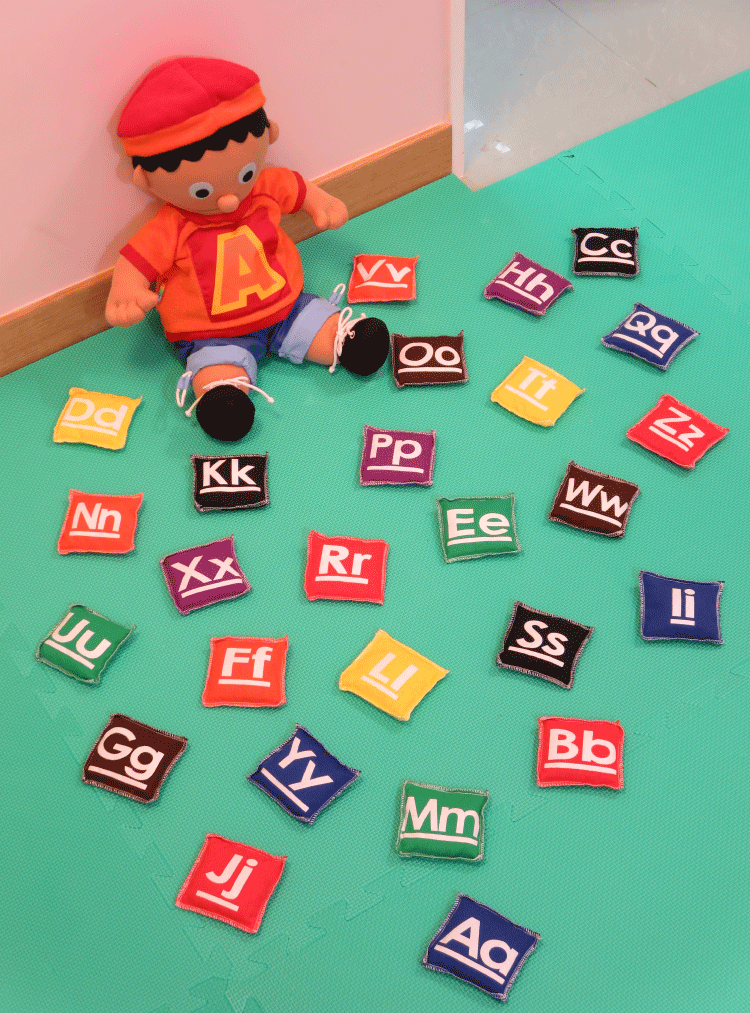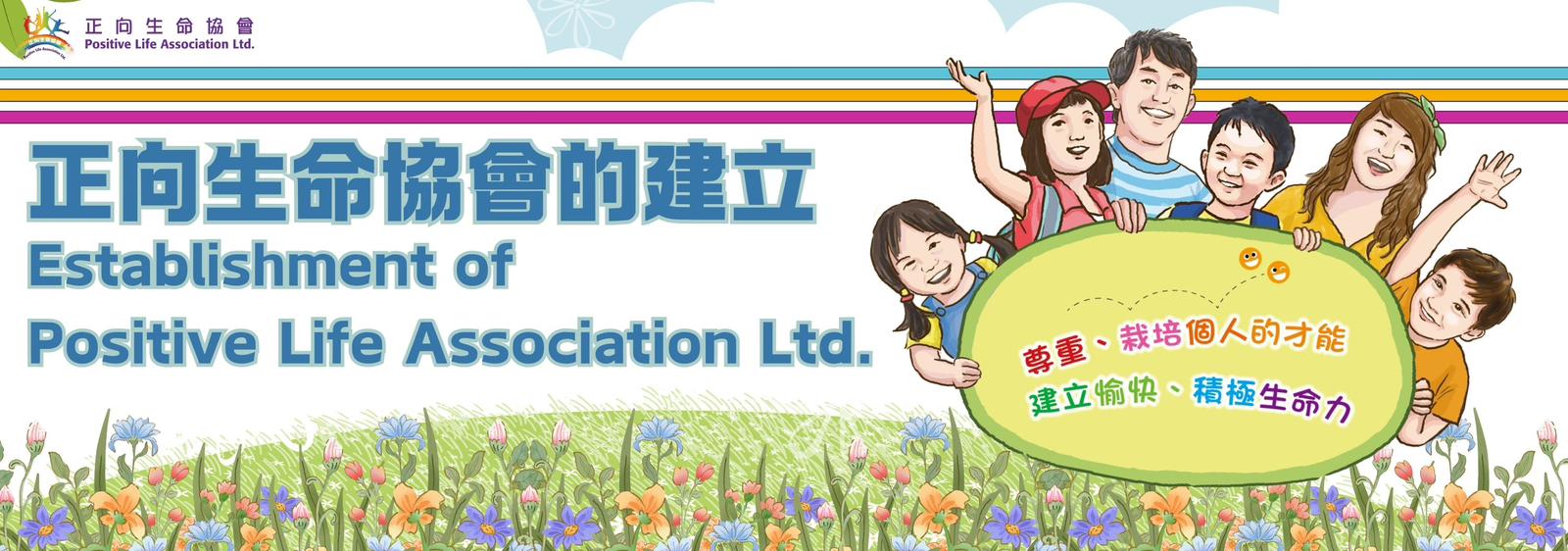Establishment of Positive Life Association Ltd.
Founder: Dr. Jane Nam
Started studying "learning disabilities" in children and adolescents
While studying pedagogy and psychology at university in USA, Jane Nam begun to be interested in and research into an important topic, "Learning Disabilities" within the scope of Educational Psychology. When she subsequently pursued a doctoral degree at the University of Hong Kong, she conducted a research on "learning disabilities of junior high school students of the Yao ethnic group" in Liannan Yao Autonomous County (hereinafter referred to as "Liannan") in the northern part of Guangdong Province in China.
 On the day of her arrival in Liannan, Jane saw a Yao child trotting happily in the field alone and enjoying himself (see photo on the right). After observing him for about an hour, she was infected with his joyful mood, and decided to choose Liannan as the research base for her doctoral study. Happy as the Yao child, Jane completed her four-year research by herself in Liannan. She not only collected rich data sufficient to complete her doctoral dissertation, but also gained important knowledge and experience on the study of learning and development in childhood and adolescence.
On the day of her arrival in Liannan, Jane saw a Yao child trotting happily in the field alone and enjoying himself (see photo on the right). After observing him for about an hour, she was infected with his joyful mood, and decided to choose Liannan as the research base for her doctoral study. Happy as the Yao child, Jane completed her four-year research by herself in Liannan. She not only collected rich data sufficient to complete her doctoral dissertation, but also gained important knowledge and experience on the study of learning and development in childhood and adolescence.
Causes of "Learning Disabilities"
 Cause 1: In schools, students learn mainly with "written language"
Cause 1: In schools, students learn mainly with "written language"
In her Liannan study, Jane Nam found that the Yao people there do not have a "written language" at all. They are used to learning with "verbal language", "pictures" and "images". In the setting of Hong Kong education, Yao students' "written language" deficiency would be seen as a "learning disability".
After receiving a doctor degree from the University of Hong Kong, Jane worked as an educational psychologist at Breakthrough Limited in Hong Kong to help adolescents at risk who have learning disabilities. During that time, she found also that the learning disabilities of those adolescents were largely due to their difficulty in learning with "written language", the core of the problem being that the Cantonese that they speak daily is not entirely the same as the "written Chinese" with which they learn in school.
Cause 2: Schools disregard the importance of cultivating independent thinking, "potentials" and "strengths" of individuals
In Jane Nam's Liannan study, her observation of the Yao child playing happily alone in the field indicated that every person's innate thinking and behaviour can operate "independently and uniquely".
Later, Dr. Jane Nam as the educational psychologist ran her own private practice and consulting service. She then found that even students with potentially normal intelligence or high intelligence have varying degrees of difficulty in learning, such as reading and writing obstacles, short attention span, slow integration of sensory development, slow speech skills, or learning and thinking impairments, whereas their "independent and unique thinking and behaviour" or even "potentials" and "strengths" are often overlooked.
Moreover, Jane Nam found that if children or adolescents tend to think with images and in "visual-spatial" context, they will be more prone to suffer from dyslexia, eye-hand or hand-foot incoordination, which will affect their progress of learning. As a result, they are often labelled as having "attention deficit hyperactivity disorder (ADHD)" or "attention deficit disorder (ADD)".
And if children or adolescents are inclined to "micro thinking", they will usually think deeply and thoroughly. In the overall learning process, they will be relatively "slow" in their response and expression. Consequently, they are often mistakenly assessed as suffering from "mild mental retardation".
The unique talents or strengths of children or adolescents with learning disabilities are shown in the following cases:
Case 1: A 3-year-old child can do mental calculations, adding or subtracting 4-digit numbers. He also possesses the talent of "perfect pitch".
Case 2: A 3-year-old child, not good at conversation, can nevertheless count from 1 to 100 in English.
Case 3: A 3-year-old child, though not good at conversation, has inborn English phonemic awareness. The moment he first entered this Association, he could immediately pronounce the Association's English name: "Positive Life Association".
Case 4: A 6-year-old child possesses the talent of "perfect pitch" and can instantly change the key of a piece of music on the piano, for example, from G major to A major.
Case 5: A 9-year-old boy can quickly calculate dates, that is, he can calculate what day of the week is a date in the past or in the future.
 In addition, many children and adolescents can use concurrently the following 8 kinds of "cognitive and thinking abilities" and "sensory ability" to express their thoughts and feelings [Reference: Dr. Jane Nam’s book in Chinese,
In addition, many children and adolescents can use concurrently the following 8 kinds of "cognitive and thinking abilities" and "sensory ability" to express their thoughts and feelings [Reference: Dr. Jane Nam’s book in Chinese,
藍容:《有情有理管與教:正向生命成長》
(香港:正向生命教育,2011) 頁75-76]:
(1) Image / Picture / Shape
(2) Colour / Hue
(3) Sound
(4) Smell / Odour
(5) Taste
(6) Movement direction
(7) Organizational ability
(8) Development direction
Dr. Jane Nam believes that teaching children or adolescents who can concurrently make use of 3 or more "cognitive and thinking abilities" and "sensory ability" requires the activity teaching approach, coupled with the use of interactive teaching equipment with "high technology, artificial intelligence and audio-visual multimedia". That is to use "spatial variations", "multiple levels", "multiple angles", "multiple channels", and even "three-dimensional" learning "situations / environment" to enable the children / adolescents to use their "cognitive and thinking abilities" and "sensory ability" more easily while they learn, so as to ameliorate their learning disabilities.
In 2013, Dr. Jane Nam founded the charitable organisation "Positive Life Association Ltd.", adopting her own theoretical framework of "Positive Life Education", which integrates three interactive positive elements:Positive Thought, Positive Emotion and Positive Behaviour, to help children and adolescents with learning disabilities.
Since its establishment, PLA has been conducting professional cognitive and psychological assessments, training and counselling to identify and expand the "potentials" and "strengths" of children and adolescents, in order to ameliorate their different learning disabilities and enhance their quality of life.
One of the PLA missions aims to build innovative schools (kindergarten, primary and secondary schools) to provide quality education.
Positive Life Association is working hard to raise funds to build firstly a non-profit kindergarten for children with "potential normal or high intelligence but different learning abilities". The kindergarten adopts the philosophy of "teaching students according to their aptitude". It will identify and expand each individual's "potential" or "strength".
At the same time, it will explore children's "potentials" and "strengths", employing interactive teaching equipment with "high technology, artificial intelligence and audio-visual multimedia" to suit their different "cognitive and thinking skills" and "sensory ability" and providing them with education of appropriate models and a fair learning environment to strengthen their generic skills, which in turn enhances the significance and effectiveness of overall learning. The kindergarten will use "positive thought, positive emotions, and positive behaviours" to nurture students in "positive life education".


